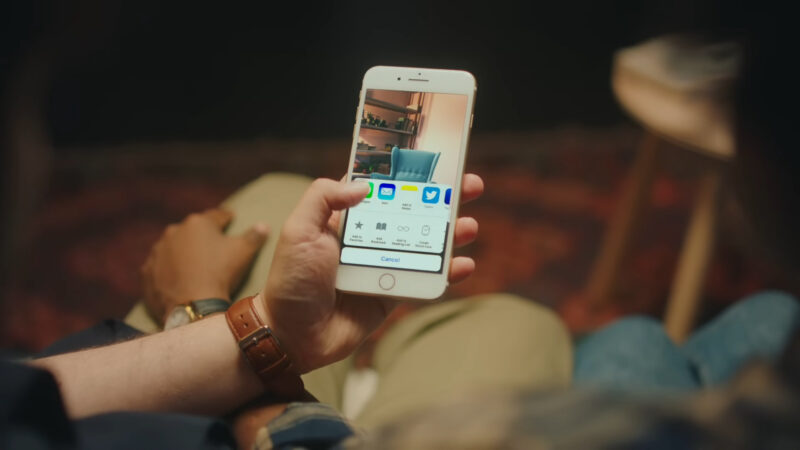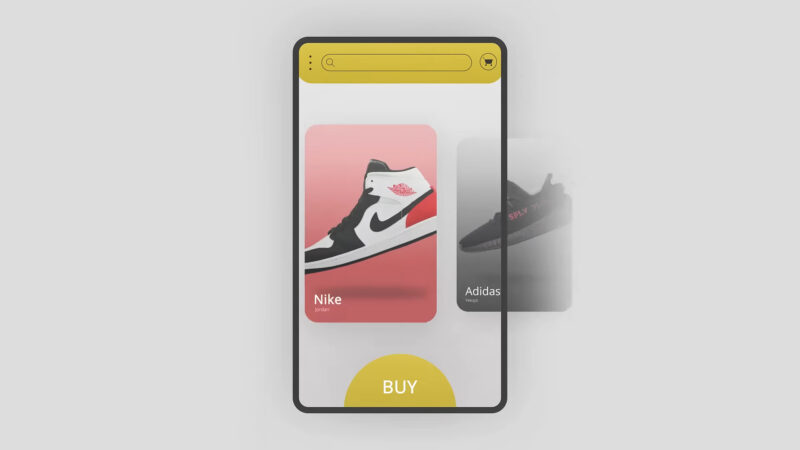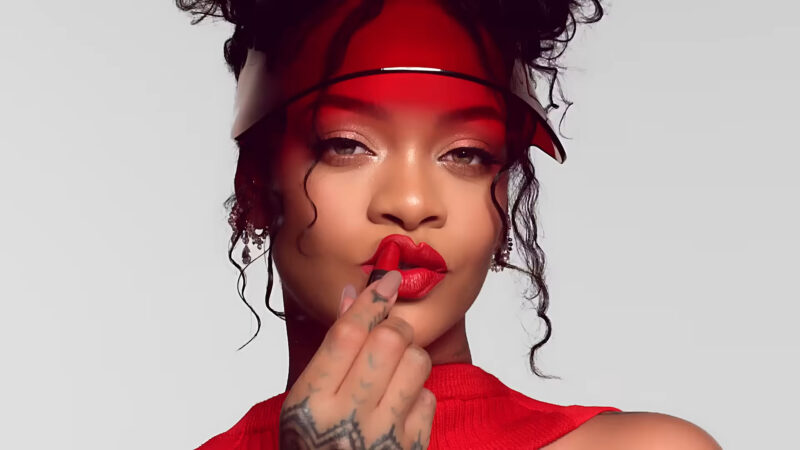Visual marketing is a powerful strategy that leverages images, videos, infographics, and other visual elements to capture attention, convey messages, and engage target audiences.
Visuals play a crucial role in shaping brand perception and driving consumer behavior.
Today, we will discuss the definition of visual marketing, provide real-world examples, and outline best practices to help brands succeed with this essential marketing approach.
Common Visual Marketing Content Types
The variety of content used in visual marketing is extensive, offering brands flexibility in how they connect with audiences.
The most important types are:
| Type of Visual Content | Description |
|---|---|
| Images | Images capture attention and help quick decisions. |
| Videos | Videos convey messages effectively through demos or tutorials. |
| Infographics | Infographics simplify data with visuals and text. |
| GIFs and Memes | GIFs and memes add humor, great for social media. |
| Interactive Content | Interactive content invites user participation. |
| User-generated Content | User-generated content builds trust with real customer input. |
Why Visual Marketing is Essential

Visual content does exactly that, compellingly engaging users, building brand recognition, and driving conversions. Below are some of the core reasons why visual marketing is critical to modern brand strategy.
Increased Engagement
One of the primary benefits of visual marketing is its ability to boost engagement. Studies consistently show that people process visual information faster and more effectively than text. Visuals have the power to grab attention immediately, making content more digestible and memorable.
Because visuals are more likely to evoke emotional responses, they help brands forge stronger connections with their audience, leading to longer interactions and more meaningful engagement.
For example, platforms like Instagram and TikTok thrive on visual content, demonstrating how crucial visuals are for engaging today’s consumers.
Improved Brand Awareness
Visual marketing plays a significant role in building and maintaining brand awareness.
- Logos
- Color schemes
- Fonts
- Imagery
When audiences encounter these consistent visuals across different platforms and channels, it reinforces the brand in their minds.
Over time, this consistent presentation builds familiarity, which is crucial for earning consumer trust and loyalty. Brands like Apple, Coca-Cola, and McDonald’s have mastered this approach, using iconic visual elements to remain top-of-mind for consumers worldwide.

Higher Conversion Rates
Visual marketing is also closely tied to higher conversion rates.
- Making a purchase
- Signing up for a service
- Downloading a resource
Visuals guide consumers through the buyer’s journey, simplifying decision-making and enhancing the overall user experience.
For example, a product video showing how a particular item works can answer customer questions more effectively than written descriptions alone.
Infographics that clearly outline product benefits or step-by-step tutorials can also help eliminate doubts, increasing the likelihood of conversions.
The persuasive nature of well-designed visuals can significantly boost the effectiveness of marketing campaigns.
Enhanced Social Sharing

Another reason why visual marketing is essential is its ability to enhance social sharing.
Social media platforms like Instagram, Pinterest, and TikTok are built on visual content, and posts with high-quality images or videos are far more likely to be shared than text-heavy content.
The more shareable your content, the greater your brand’s exposure, which can lead to viral marketing effects.
When users share your visual content with their networks, it not only increases your reach but also acts as an endorsement of your brand.
In today’s interconnected digital environment, social sharing is one of the fastest and most effective ways to expand your brand’s visibility and attract new customers.
Better SEO Performance
Visual marketing can significantly enhance your website’s SEO performance. Search engines like Google prioritize websites that offer a rich, engaging user experience, and visuals play a key role in that.
High-quality images, videos, and infographics can reduce bounce rates by keeping users on your site longer, signaling to search engines that your content is valuable.
Optimizing images with alt text, using appropriate file names, and creating video content can all contribute to improved search rankings.
The better your visual content, the more likely users are to stay engaged, navigate through your site, and return, which all help improve SEO performance over time.
Best Practices for Visual Marketing

To fully leverage the power of visual marketing, brands must adhere to best practices. Aligning visuals with textual content is critical.
A harmonious balance between images and text ensures that the message is conveyed clearly and effectively. Both elements should support one another to drive the intended message home.
| Best Practices | Details |
|---|---|
| Maintaining Brand Consistency | Keep colors, logos, and imagery consistent. |
| Avoiding Stock Images | Use unique visuals over stock photos. |
| Tailoring Content for Specific Platforms | Adapt visuals to platform needs (e.g., Instagram). |
| Including Clear Calls-to-Action (CTAs) | Place CTAs to guide user actions. |
| Experimenting with Interactive Content | Engage users with interactive content. |
| A/B Testing Visual Content | Test visuals to find the best fit. |
Successful Examples of Visual Marketing
Several global brands have set benchmarks with their visual marketing strategies.
IKEA

IKEA, the Swedish furniture giant, stands out as a leader in using shoppable, customer-generated galleries to create a seamless online shopping experience. These galleries showcase real-life uses of IKEA products, allowing potential customers to see how items look in actual home settings.
This not only enhances product discovery but also boosts customer confidence in their purchasing decisions by displaying authentic user interactions with the products. The ability to shop directly from these galleries adds convenience, streamlining the buying process and increasing conversions.
Nike

Nike, a global powerhouse in sportswear, has long been known for its emotionally charged video content that strikes a chord with audiences around the world.
The brand’s famous “Just Do It” campaigns consistently inspire viewers, encouraging them to overcome challenges and pursue their goals.
Nike’s visual marketing taps into the human spirit, combining bold visuals with motivational narratives to foster a strong sense of brand loyalty and personal connection.
Fenty Beauty

Fenty Beauty, founded by Rihanna, revolutionized the beauty industry by championing inclusivity through its marketing efforts.
The brand’s heavy reliance on user-generated content (UGC) allows it to create a sense of authenticity and trust among its diverse customer base.
Fenty Beauty’s visual campaigns highlight real customers with a wide range of skin tones, promoting the message that its products are for everyone.
National Geographic
National Geographic has been a master of visual storytelling for decades, leveraging stunning, high-quality visuals to capture the essence of the natural world.
It extends its reach, engaging its audience on a deeper level.
Breathtaking imagery, wildlife, and remote cultures captivate viewers and inspire them to explore and protect the world around them.
The brand’s visual marketing seamlessly blends professional and user-generated content, making its social media presence a powerful tool for audience engagement.
Wayfair

Wayfair, a leading online home goods retailer, has also carved out a niche with its aesthetically appealing visuals.
Platforms like Instagram are central to Wayfair’s marketing strategy, where it showcases beautifully styled home decor and furniture arrangements.
These visually appealing posts not only inspire home improvement ideas but also drive consumer engagement.
Wayfair’s ability to create visually compelling content that resonates with its audience has helped it build a strong brand presence and foster an interactive shopping experience.
The Bottom Line
Visual marketing is a powerful tool that every brand should embrace to remain competitive. It enhances engagement, fosters brand loyalty, and drives conversions.
By following best practices and utilizing diverse visual content, brands can create more meaningful connections with their audience and achieve their marketing goals.

